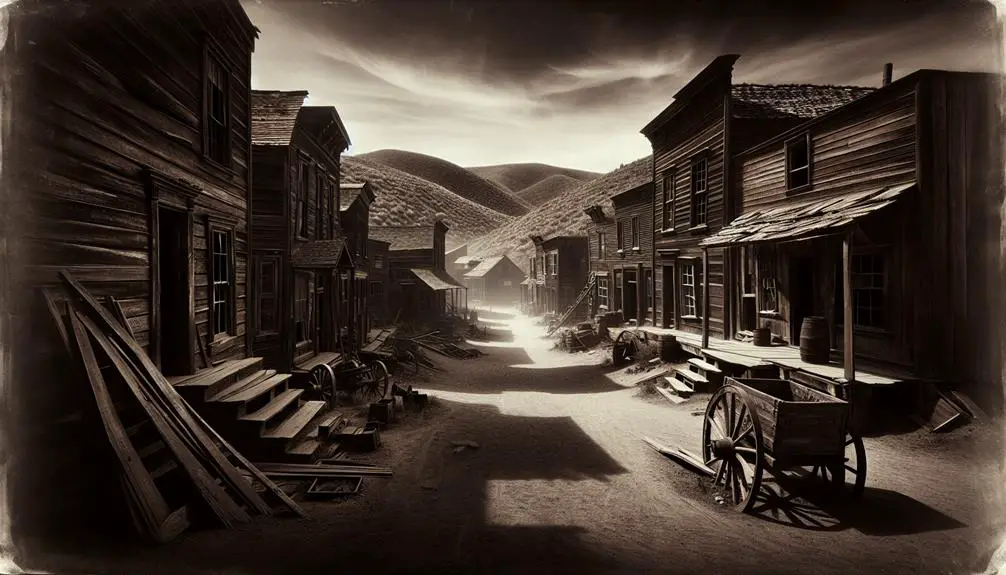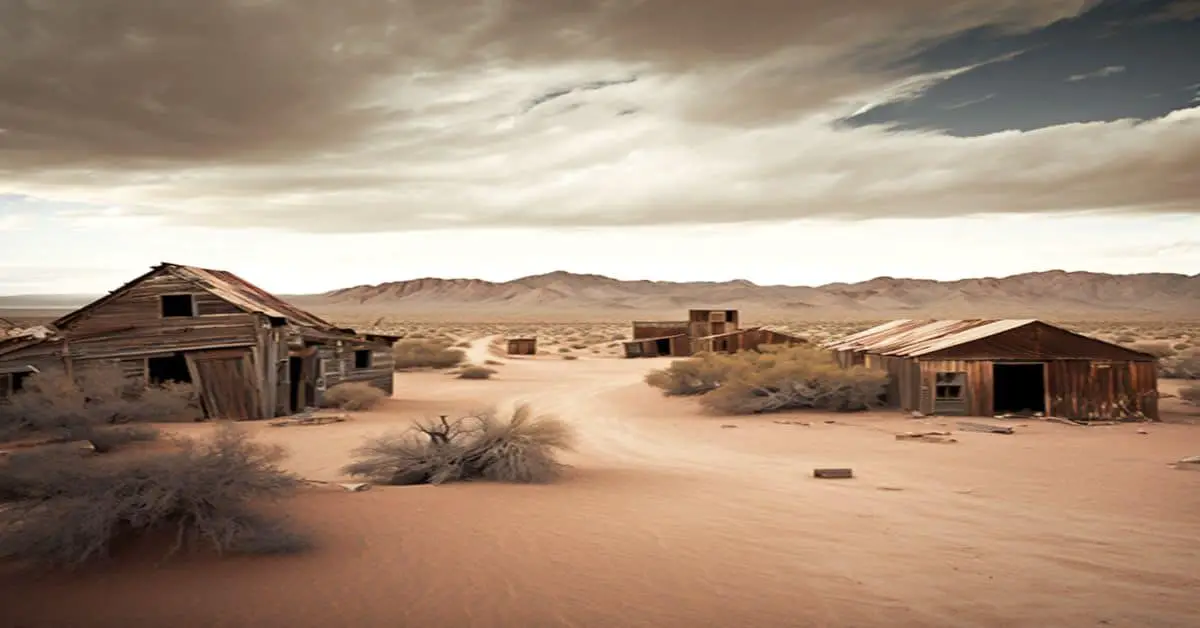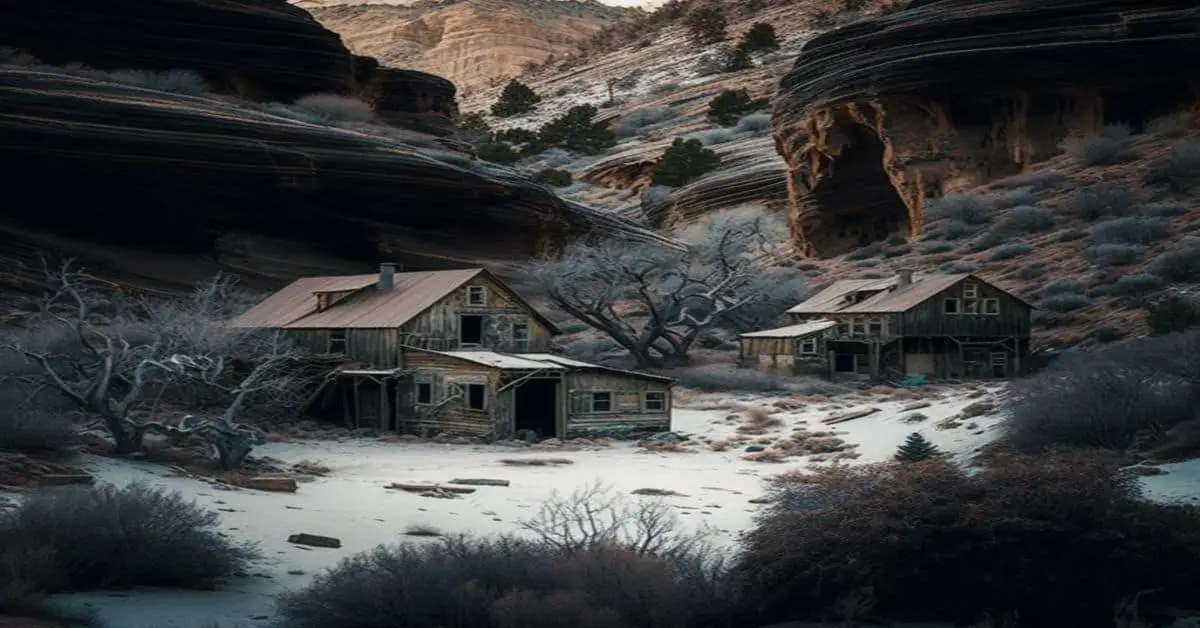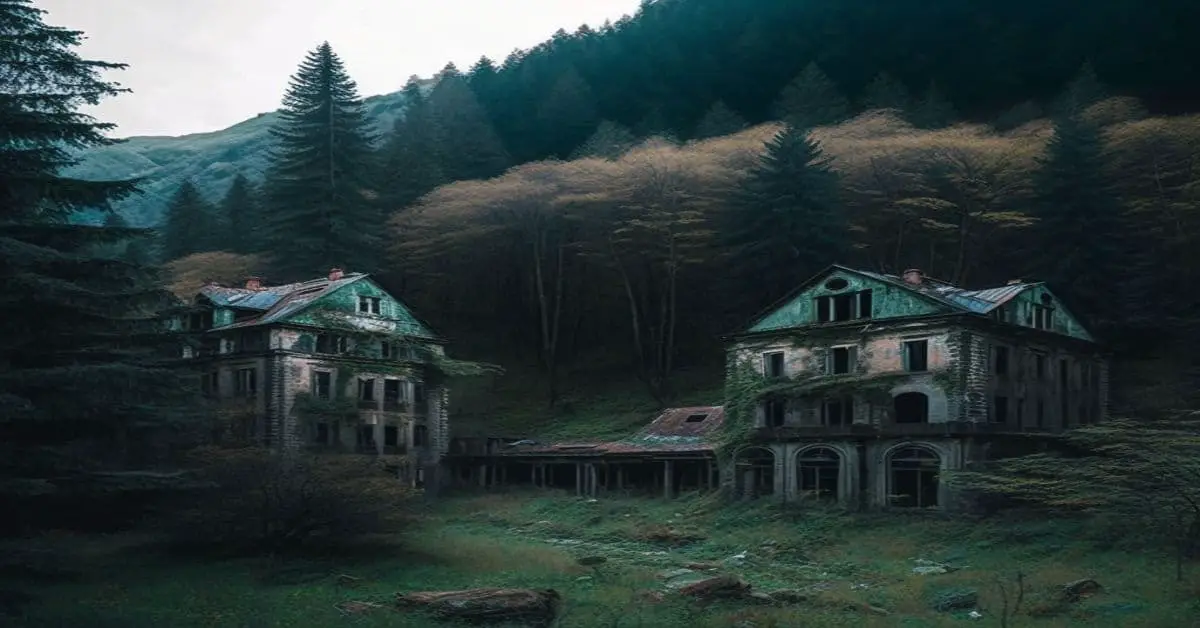As gold production decreased and economic disparities widened, California Gold Rush towns emptied out due to dwindling resources and shifting populations, leading to their eventual desolation. The towns couldn't sustain themselves as the gold ran out and miners moved on to seek better opportunities elsewhere. Infrastructure couldn't support the rapid growth and competition led to urban decay. Environmental challenges and social fragmentation added to the strain, altering the social fabric of these once vibrant communities. Understanding these factors sheds light on why these towns became desolate. If you want to explore further, there are more insights waiting.
Key Points
- Decline in gold production led to economic downturn.
- Exhausted resources and mining techniques affected output.
- Migration of miners seeking new opportunities.
- Social fragmentation due to diminishing returns.
- Changing demographics and loss of community cohesion.
Economic Changes Impacting Gold Rush Towns
As gold was discovered in California, economic dynamics swiftly transformed the once quiet towns into bustling hubs of commerce and opportunity. The economic metamorphoses brought about by the Gold Rush led to significant population shifts within these towns. People from all walks of life flocked to California in search of wealth, causing a rapid increase in population. This sudden surge in inhabitants put immense pressure on the existing infrastructure, leading to its deterioration.
The influx of fortune seekers not only strained the physical infrastructure but also created economic disparities within these towns. As more people arrived, competition for resources intensified, leading to price hikes and uneven distribution of wealth. The initial economic boom that characterized these Gold Rush towns eventually gave way to urban decay as the demand for resources outstripped the available supply.
The economic changes that occurred during the California Gold Rush played a pivotal role in shaping the destiny of these towns, eventually paving the way for their desolation.
Environmental Challenges Faced by Settlers
The rapid population growth and strain on infrastructure during the California Gold Rush not only caused economic disparities but also presented settlers with formidable environmental challenges. Settlers grappled with a range of issues, including natural disasters like floods and fires that could ravage their settlements, leading to loss of property and life.
Pollution from mining activities tainted water sources and soil, impacting the health of both humans and wildlife. Water scarcity emerged as a pressing concern, as streams and rivers were diverted for mining purposes, leaving settlers with limited access to clean water for drinking and agriculture.
Deforestation was another significant problem, as the demand for timber to support mining operations led to widespread clearing of forests, disrupting ecosystems and habitats. These environmental challenges tested the resilience of the settlers, forcing them to adapt and innovate in order to survive in the harsh and changing landscape of the Gold Rush era.
Decline in Gold Production and Migration
With the gradual decline in gold production, settlers faced a pivotal juncture that prompted significant migration away from the once bustling California Gold Rush towns. The decrease in gold output was primarily a result of exhausted placer deposits and the shift towards more capital-intensive mining techniques like hydraulic mining. As the easily accessible gold dwindled, miners had to invest more resources into extracting smaller amounts of the precious metal. This shift not only made mining less profitable but also led to environmental concerns due to the widespread use of damaging techniques like hydraulic mining.
Migration patterns began to shift as miners and settlers sought new opportunities elsewhere. Towns that once thrived on gold mining saw a decline in population as people moved on to seek fortunes in other regions or industries. The decline in gold production not only impacted the economic viability of these towns but also altered the social fabric as communities dispersed in search of better prospects. The combination of diminishing returns from mining and the lure of new opportunities ultimately led to the depopulation and desolation of many California Gold Rush towns.
Social Issues Contributing to Desertion
The diminishing returns from gold mining not only impacted the economic landscape but also catalyzed a series of social issues contributing to the desertion of California Gold Rush towns. As gold became scarcer, miners began to leave in search of better opportunities, leading to significant shifts in migration patterns. The once bustling communities started to dwindle as people moved away, disrupting the established community dynamics.
Migration patterns played a pivotal role in the decline of these towns. The influx of people during the initial Gold Rush created vibrant settlements, but as miners left, the population dwindled, leading to social fragmentation and a breakdown of the tight-knit community structures that had formed.
Community dynamics were further strained by the changing demographics and the loss of key members who played essential roles in the functioning of the towns. As individuals left in search of new prospects, the social fabric that held these communities together began to unravel, ultimately contributing to their desolation.
Legacy and Preservation Efforts Today
In light of the historical significance of California Gold Rush towns, current efforts focus on preserving their legacy through strategic conservation initiatives. These towns hold a unique place in American history, symbolizing the spirit of adventure, entrepreneurship, and resilience that characterized the Gold Rush era. Preservation efforts encompass a range of activities aimed at safeguarding the physical structures, artifacts, and stories that make up the fabric of these towns.
One key aspect of preservation efforts is the restoration and maintenance of historic buildings and sites. By guaranteeing that structures from the Gold Rush era are structurally sound and culturally authentic, preservationists help to keep alive the memory of the past for future generations. Additionally, initiatives such as historical tours, educational programs, and community events contribute to raising awareness about the historical significance of these towns.
Collaboration between government agencies, nonprofit organizations, and local community groups plays an essential role in driving these preservation efforts forward. By working together, stakeholders can pool resources, expertise, and passion to ensure that California Gold Rush towns remain a living proof to a transformative period in American history.
Frequently Asked Questions
What Were Some of the Common Diseases That Plagued Gold Rush Towns and How Did Settlers Cope With Them?
When disease outbreaks hit gold rush towns, settlers coped by relying on basic medical treatments, limited public health measures, and community resilience. However, healthcare challenges persisted, necessitating ongoing adaptation to the harsh conditions.
How Did the Indigenous Populations in California React to the Influx of Settlers During the Gold Rush?
When settlers flooded California during the gold rush, Indigenous populations faced loss of land, resources, and culture. Reactions varied from resistance to assimilation attempts. Settler interactions often led to conflicts, displacement, and devastating consequences for the Native communities.
Were There Any Notable Instances of Conflict or Violence Among Different Groups of Settlers in Gold Rush Towns?
In gold rush towns, conflicts among settlers arose due to differing cultural backgrounds and competition for resources. These clashes often led to violence, highlighting the challenges of conflict resolution and cultural assimilation in a rapidly changing environment.
What Role Did Women Play in the Development and Eventual Decline of Gold Rush Towns?
Women in gold rush towns played pivotal roles in education and fostering community support. They comprised only 5% of the population but established schools, hospitals, and social organizations. Their influence was essential in shaping these towns' social fabric.
How Did the Discovery of Silver and Other Minerals Impact the Economy and Population of Gold Rush Towns?
When silver and other minerals were discovered, the mining impact spurred economic growth in gold rush towns. The population shift brought by these mineral discoveries transformed these settlements, shaping their fortunes and contributing to their rise or fall.



